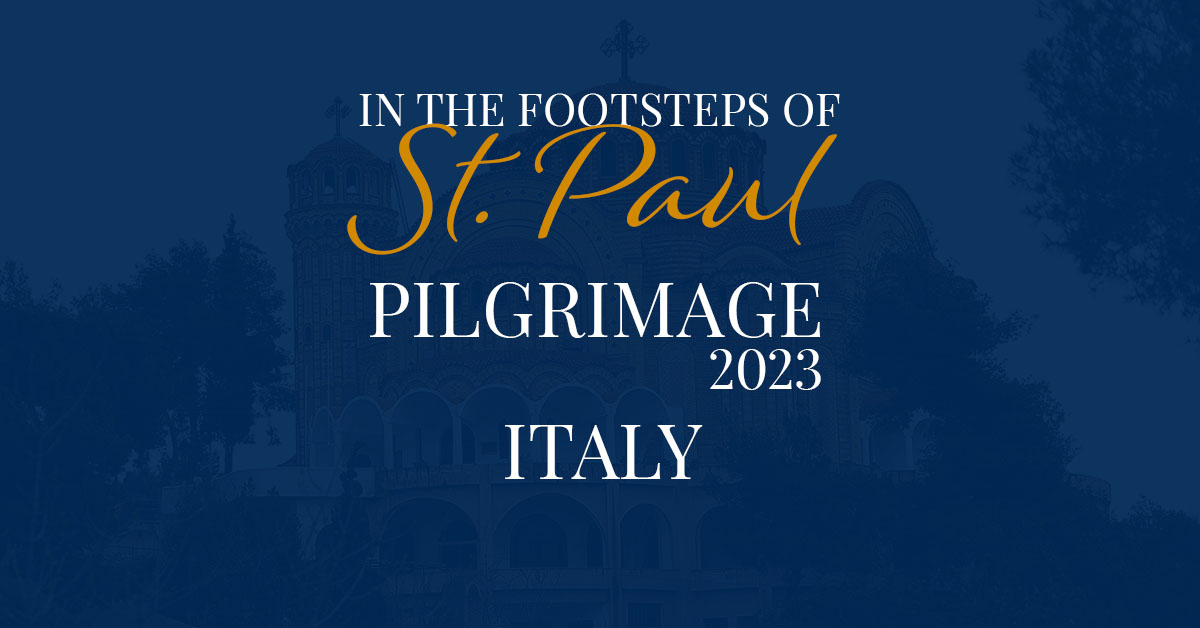A Tale of Two Romes
Istanbul, once called Constantinople, was established by Constantine to be the new capital of the Roman Empire. A “New Rome” as he called it. Perhaps in antiquity Constantinople and the “eternal city” of Rome could have been comparable, in the contemporary age they couldn’t be more different.
We have just concluded our time in Rome with an audience from Pope Francis at the Vatican. This marked my third return to St. Peter’s in Rome. What has always surprised me about St. Peter’s is how remarkably well kept it is. The façade is clean and crisp, the colonnade stands tall and strong, adorned with statues of the early saints. Granted it underwent renovations during the Renaissance, but the point still stands.
During our last day in Istanbul, I made my own personal trek back to what once was St. Peter’s eastern sister, the Haggia Sophia. As a Christian, entering Haggia Sophia nowadays comes with mixed emotions. For me, as a Christian who also comes from a Muslim lineage on my father’s side, the emotions are even more conflicting. I was in awe of her grandeur: huge, curved shapes that converge into her mighty dome, golden surfaces, and detailed stonework. Yet there was still a sadness that it is no longer a Church, that the Eucharist is no longer celebrated within her walls and Christ is not proclaimed as Lord from her nave. I am glad that the Hagia Sophia is still treated with reverence, and her history has not been completely erased. The mosaics that depict Christ and the Blessed Mother remain. However, the Haggia Sophia is in need of restoration. The paint is beginning to chip very noticeably and stone has begun to crack.

It wasn’t until I saw St. Peter’s Basilica again that I was reminded of my experience of the Hagia Sophia, and then something dawned on me. There is only one eternal city, and it is neither Rome nor Constantinople.

Every church we saw in Rome made me feel like I was leaving Earth and being brought to someplace greater. Well, that’s what they are designed to do. Churches, especially those in the baroque style in Rome, are designed to look like heaven. They invite the visitor’s gaze a reality beyond anything they have seen prior, to the heavenly Jerusalem. This is what happens at every Mass: heaven touches earth at the altar when the Holy Spirit is called down and bread is turned into God. However, as we saw more and more Churches in Rome, which are all aged to varying degrees, I was reminded that while these Churches are still beautiful and grand and provide us a glimpse to the heavenly banquet, it is still just a glimpse, a glimpse in stone and glass. And eventually glass shatters and stone breaks. There will come a day when the gorgeous façade of St. Peters eventually erodes and crumbles, when Rome and her buildings and will turn to dust, and when the Hagia Sophia will be no longer a Church or Mosque but an old ruin among ruins. Yet this is not a pessimistic note. The fact that the earth will pass away is not new, we are reminded of this every Ash Wednesday. “Remember that you are dust and to dust you shall return.” But there is a Resurrection, there is eternal life. We will enter into a life and world which will never crumble or die, because we have a Savior who is not dead and will never die again.

-Ryan Nooraee, Diocese of Rockford


